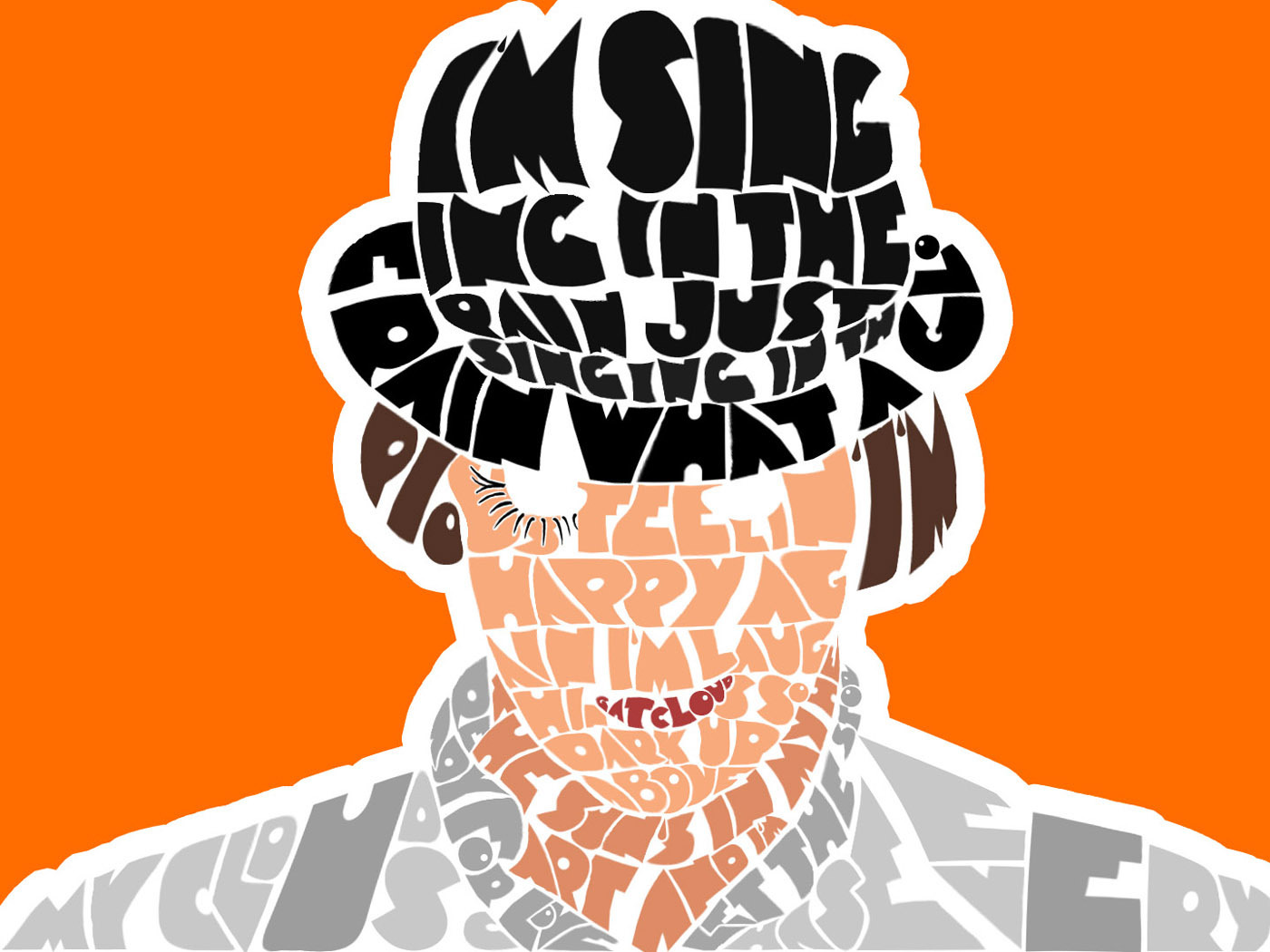During the break-in and brutal attack scene in "A Clockwork Orange" the main character Alex is heard singing these lyrics from 'Singin in the Rain' during the attack on a man and his wife:
"I'm singin' in the rain
Just singin' in the rain,
What a glorious feeling,
And I'm happy again.
I'm laughing at clouds
So dark, up above,
The sun's in my heart
And I'm ready for love.
Let the stormy clouds chase.
Everyone from the place,
Come on with the rain
I have a smile on my face.
I'll walk down the lane
With a happy refrain
Just singin', singin' in the rain."
The choice of the song 'Singin in the Rain' is quite peculiar in this scene. Since its inception 'Singing in the Rain' as I have known it is a happy song of celebration even in the proverbial 'rain'. The song is also played during the credits of the movie solidifying its importance and meaning. Playing the song in the credits to me is a message from the producers saying 'this song was no accident'. But why 'Singing in the Rain'?
I see it as a mockery of society. Taking one of the happiest and most well known songs of the 1950's and in the 1970's making it the music of a rape and torture. Could this be a way of showing that a once progressive society is spiraling downward? A lot of major events happened in the USA between 1952 when singing in the rain was first introduced and 1971 when A Clockwork Orange was produced, obviously some good and some bad.
In the 1950's there was McCarthyism, The Civil Rights Movement, Elvis Presley and the Space Race. In the 1960's Neil Armstrong walks on the moon and there is the violence of the Vietnam War, and assassinations of JFK, RFK, MLK, Malcolm X.
Perhaps the producers were attempting to comment on the seemingly chaotic state of the world in 1972. It could be a metaphoric poke at the morals and values of American Society. That we 'sing' a happy melody such as "Singing in the Rain" in our own heads to comfort ourselves and our actions while elsewhere in the world or even in our own society their is war, assassination, violence and suffering.
Or it could just be a happy accident that an actor sang and a director liked. Even so I believe the placement of the iconic song in the attack scene and the credits are meant to imply a deeper message.





